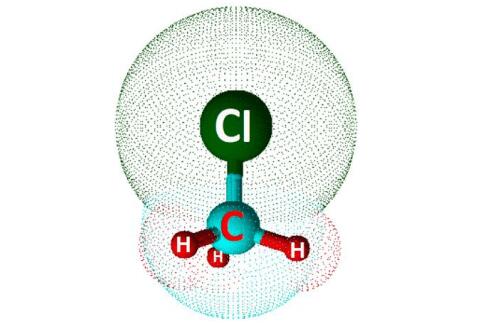How to synthesize Revefenacin?
Dec 22,2023
Overview
Revefenacin is a new M3 muscarinic receptor antagonist, which could prevent acetylcholine from binding with the muscarinic receptor, making bronchodilation and relieving COPD symptoms. Revefenacin has a rapid onset of action, and the curative effect is to maintain a long time[1]. The chemical name for revefenacin is 1-(2-{4-[(4-carbamoylpiperidin-1-yl)methyl]-N-methylbenzamido}ethyl)piperidin-4-yl N- ({1,1' - biphenyl}- 2-yl)carbamate. The molecular weight is 597.76, and the molecular formula is C35H43N5O4.
Developed by Theravance Biopharma and Mylan, revefenacin is a long-acting muscarinic antagonist approved by the USFDA in 2018 for treating chronic obstructive pulmonary disease (COPD). Administered as an inhaled solution, the drug was first licensed to GSK from Theravance in 2004. However, the developing rights were returned to Theravance in 2009 due to incompatibility with GSK’s proprietary inhaler device. Revefenacin binds competitively and reversibly to the muscarinic M3 receptors in the airway smooth muscle, which inhibits bronchoconstriction and increases bronchodilation.
Synthesize method

Three patent applications have been filed by Theravance describing the synthesis and solid form considerations with respect to revefenacin[2]. The approach to the drug's construction essentially involves a linear sequence, which begins with heating piperidine 133 and isocyanate 134 together (neat) to 70 °C. Subsequent treatment with acid, transfer hydrogenation, and pH adjustment (pH ∼12) ultimately furnished carbamate 135 in 99% yield over the four-step sequence. Next, reductive amination with glycine derivative 136, followed by hydrogenolytic removal of the Cbz group and recrystallization in isopropyl alcohol, produced 137 in 96% yield over the three steps. Amide bond formation with acid 138, pH adjustment, and a reductive amination reaction with isonipecotamide 140 completed the assembly of the molecule. Aqueous base workup and subjection to isopropyl alcohol gave rise to revefenacin in 88% yield from aldehyde 139.
References
[1] Fuyuan Li, Junyi Yang. “Revefenacin for the treatment of chronic obstructive pulmonary disease.” Expert Review of Clinical Pharmacology 12 4 (2019): 293–298.
[2] Andrew C. Flick. “Synthetic Approaches to New Drugs Approved during 2018.” Journal of Medicinal Chemistry 63 19 (2020): 10652–10704.
- Related articles
- Related Qustion
CH3Cl is the chemical formula for the organic compound chloromethane, also known as methyl chloride. It is used as an extractant for oil and resins, a propellant in foam production, etc.....
Dec 22,2023Organic ChemistryCyclohexane is used extensively as a solvent for lacquers and resins, its polarity can be judged from two aspects: bond polarity and molecular geometry.....
Dec 22,2023Organic ChemistryRevefenacin
864750-70-9You may like
- Crystal Structure of Manganese selenide
May 23, 2024
- What is the Crystal Structure of Titanium boride?
May 23, 2024
- What is the crystal structure of beryllium hexaboride?
May 23, 2024
- Revefenacin
-

- $75.00 / 1kg
- 2024-05-10
- CAS:864750-70-9
- Min. Order: 10kg
- Purity: 0.99
- Supply Ability: 20tons
- Revefenacin
-

- $0.00 / 1g
- 2024-02-06
- CAS:864750-70-9
- Min. Order: 1g
- Purity: 99.99%HPLC
- Supply Ability: 200kg
- Revefenacin
-

- $0.00 / 1kg
- 2023-11-01
- CAS:864750-70-9
- Min. Order: 1kg
- Purity: 99.0%min
- Supply Ability: 800kg





